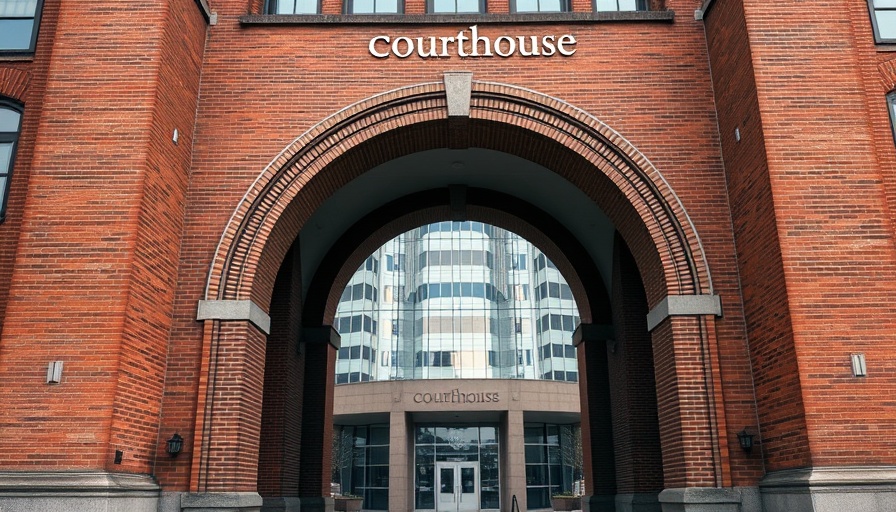
The Legal Struggle for NIH Funding: An Overview
The ongoing legal battle regarding NIH funding cuts has sparked significant attention from the public and policymakers alike. This case began when the Trump administration decided to cut millions of dollars in research grants, leading to widespread concern among medical researchers and the communities they serve. A coalition of 16 state attorneys general alongside the American Public Health Association has fought to challenge these terminations, arguing they were unfair and unjustified.
Recent Developments and Potential Outcomes
In June, a federal judge issued a ruling that deemed some of these NIH grant terminations illegal, prompting a temporary victory for researchers as the NIH began reinstating some awards. However, a recent emergency order from the Supreme Court has added complexity to the matter, stating that while the terminations may have been illegal, the jurisdiction to order reinstatements lies elsewhere. As talks of a settlement emerge, stakeholders are eager for a resolution that not only reinstates lost funding but also addresses concerns surrounding future financial support for vital research.
The Broader Implications of NIH Funding Cuts
These funding cuts have significant repercussions beyond just the researchers directly involved. NIH grants are vital for advancing public health initiatives and scientific discoveries, which ultimately affect patient care and community health across the nation. The potential restoration of these grants signals the importance of steady funding for ongoing health research, emphasizing the role of federal support in driving innovation and improving outcomes.
Why This Matters to Communities
At a time when health challenges continue to rise, the outcomes of this lawsuit could significantly influence public health strategies. For many communities that rely on the advancements driven by NIH-funded research, the stakes are incredibly high. Ensuring that funding mechanisms are in place and functioning correctly can be the difference between breakthroughs in disease treatment or ongoing barriers for healthcare professionals trying to deliver care.
 Add Row
Add Row  Add
Add 




Write A Comment